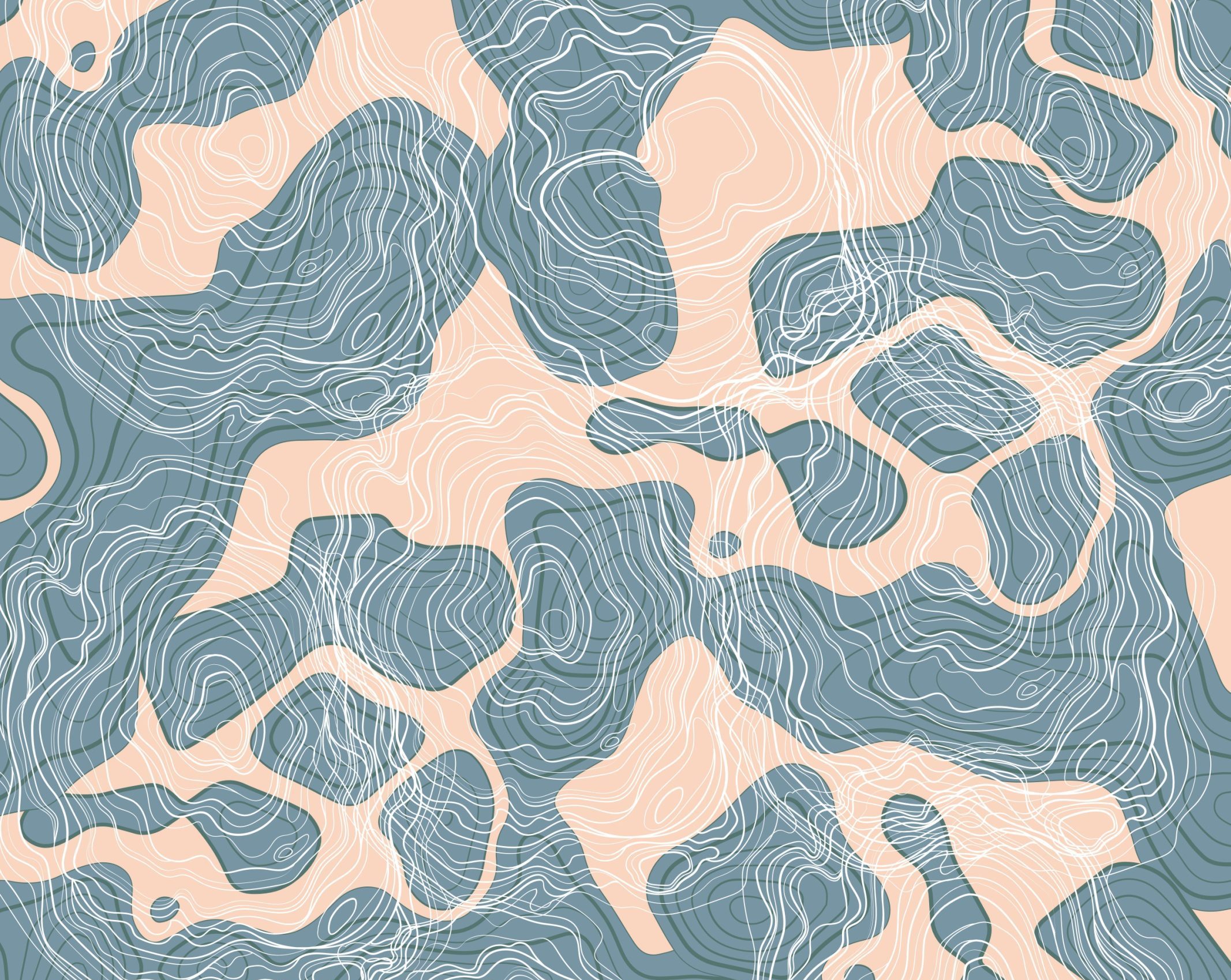
Geography Markup Language (GML)
This standard defines a XML encoding in compliance with ISO 19118, for the transport and storage of geographic information modelled in accordance with the conceptual modelling framework used in the ISO 19100 series of International Standards and including both the spatial and non-spatial properties of geographic features.
Documents
Official model files and encoding schemas
Related links
2015-01-20
OGC adopts IndoorGML standard for encoding indoor navigation data
2014-11-19
The OGC adopts GML in JPEG 2000 (“GMLJP2”) Encoding Standard Version 2
2014-06-24
The OGC calls for participation in a CityGML Data Quality Interoperability Experiment
2014-05-19
The OGC seeks public participation in Development of CityGML 3.0
2014-02-19
The OGC invites comments on the candidate IndoorGML navigation standard
Overview
The Geography Markup Language (GML) is an XML grammar for expressing geographical features. GML serves as a modeling language for geographic systems as well as an open interchange format for geographic transactions on the Internet. As with most XML based grammars, there are two parts to the grammar – the schema that describes the document and the instance document that contains the actual data. A GML document is described using a GML Schema. This allows users and developers to describe generic geographic data sets that contain points, lines and polygons. However, the developers of GML envision communities working to define community-specific application schemas that are specialized extensions of GML. Using application schemas, users can refer to roads, highways, and bridges instead of points, lines and polygons. If everyone in a community agrees to use the same schemas they can exchange data easily and be sure that a road is still a road when they view it. Clients and servers with interfaces that implement the Web Feature Service Interface Standard read and write GML data. GML is also an ISO standard (ISO 19136:2007).